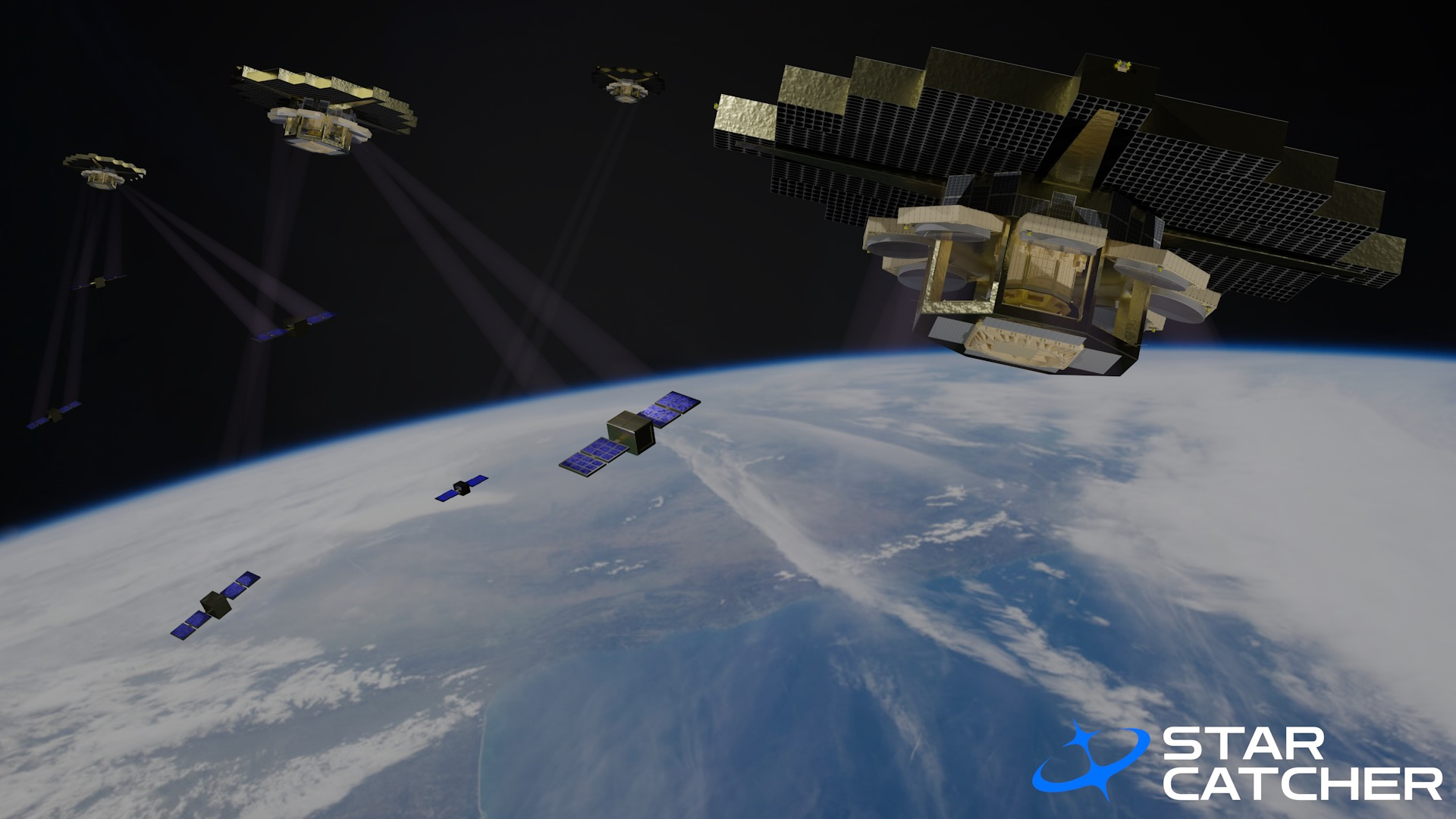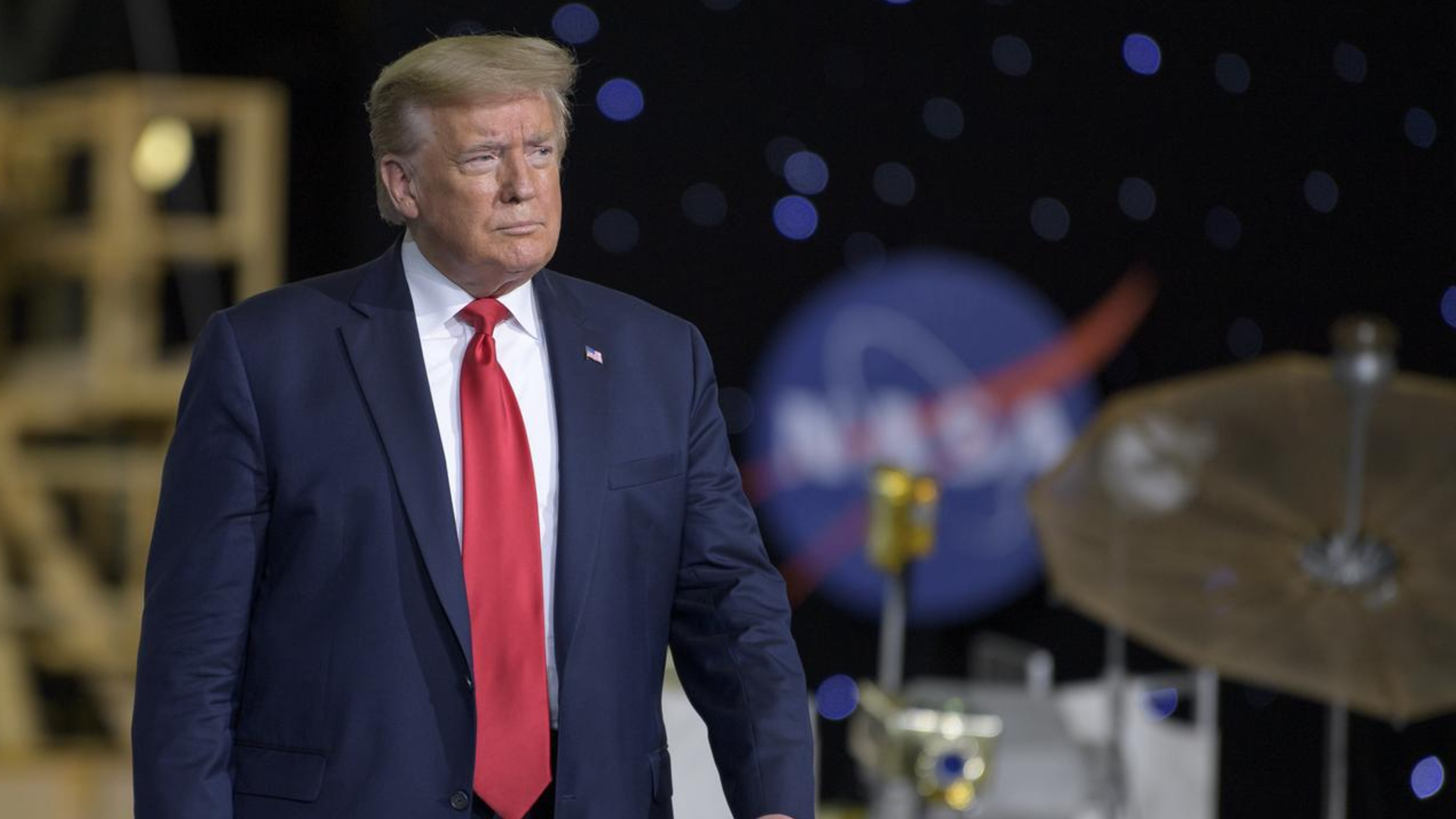Florida startup Star Catcher snags $12 million to help develop 1st off-Earth energy grid

Space-based solar power may not remain a mere sci-fi dream for much longer.
Florida startup Star Catcher Industries just scored $12.25 million in seed funding to develop its planned constellation of power-beaming satellites in low Earth orbit (LEO), the first of which could take flight as early as next year.
"We're confident Star Catcher will do for orbital power what SpaceX has done for launch. They're a proven, veteran commercial space team executing on an audacious vision at high speed," Andrew Sather, principal at Initialized Capital, which led the seed funding round along with B Capital, said in a statement today (July 24).
"What they're building has the potential to transform the economics, capabilities and even configuration of most everything we put into orbit," Sather added.
Jacksonville-based Star Catcher plans to provide juice not to customers on Earth but rather to satellites in orbit. That's a rapidly growing market, thanks to megaconstellations like SpaceX's Starlink; LEO is expected to harbor about 50,000 spacecraft by 2030 (a roughly five-fold increase from today), according to the company.
Related: Can space-based solar power really work? Here are the pros and cons.
Star Catcher aims to launch a network of "power node" satellites to LEO, sending them to an altitude of about 900 miles (1,500 kilometers). These craft will soak up solar energy and beam it to customer satellites in a usable form.
Breaking space news, the latest updates on rocket launches, skywatching events and more!
"Power infrastructure is the foundational building block of civilization and industry; our goal is to expand that foundation into LEO and beyond with our in-space power grid and service," Andrew Rush, Star Catcher's co-founder, president and CEO, said in the same statement.
"Being able to buy power for your spacecraft whenever and wherever you need it in LEO will expand opportunity and accelerate humanity realizing the potential of the second golden age of space," he added.
Rush founded Star Catcher with Michael Snyder and space investor Bryan Lyandvert. Rush and Snyder have worked together before; Rush previously served as president and CEO of the off-Earth manufacturing company Made In Space, which Snyder co-founded. Snyder was also Made In Space's chief engineer.
Rush then became president and chief operating officer of Redwire, which acquired Made In Space in 2020; Snyder worked as Redwire's chief technology officer.
Star Catcher will use the seed funding to validate its power-beaming tech "beginning with ground demonstrations, followed by an on-orbit demonstration in late 2025 and deployment of commercial service," the company wrote in the same statement.
"Once deployed, satellite operators can shift to a shared infrastructure mindset, where power consumption will not be constrained by what satellites bring with them."

Michael Wall is a Senior Space Writer with Space.com and joined the team in 2010. He primarily covers exoplanets, spaceflight and military space, but has been known to dabble in the space art beat. His book about the search for alien life, "Out There," was published on Nov. 13, 2018. Before becoming a science writer, Michael worked as a herpetologist and wildlife biologist. He has a Ph.D. in evolutionary biology from the University of Sydney, Australia, a bachelor's degree from the University of Arizona, and a graduate certificate in science writing from the University of California, Santa Cruz. To find out what his latest project is, you can follow Michael on Twitter.
